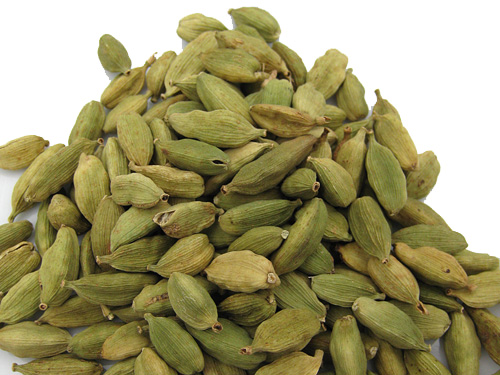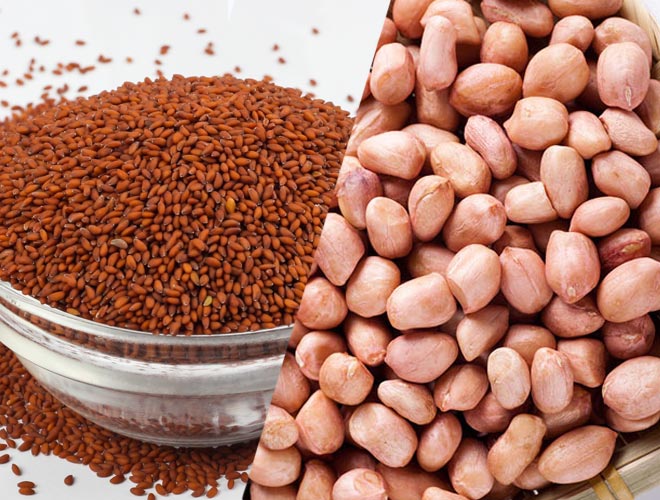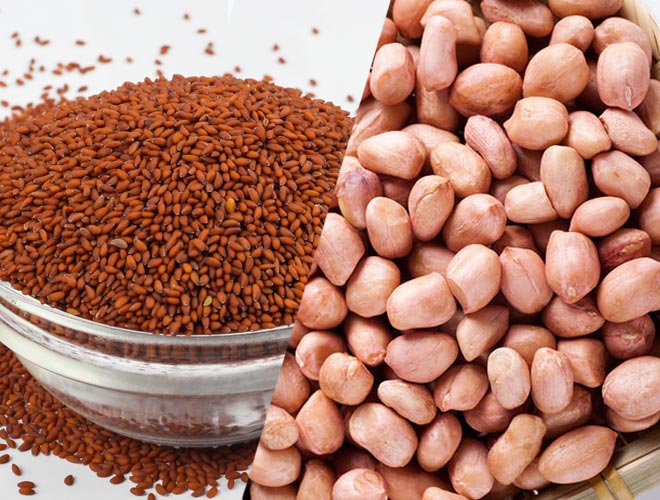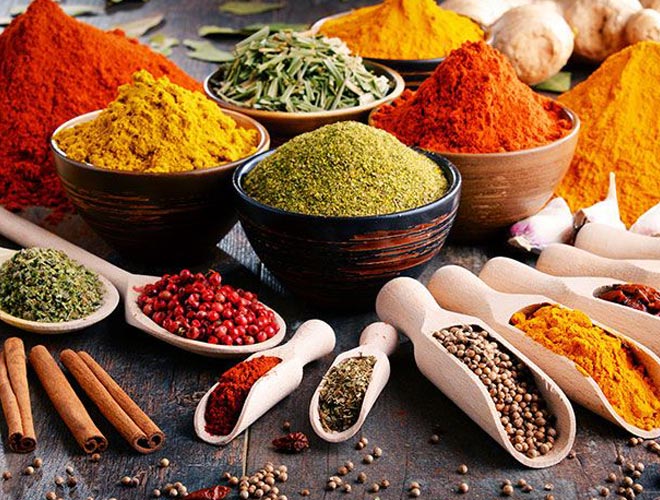
Cardamom
The seed of the tropical fruit cardamom (Elaichi) belongs to the ginger family. When fruits and seeds are eaten raw, they provide a nice aroma with a sweet aftertaste. The flavour of cardamom is sweet, citrusy, and eucalyptus. It is the second most expensive spice on the planet. It comes in powder, dried pods, and loose seeds. Green cardamoms are the most popular, but black and cream kinds are also available. It's a popular spice in India, and it's used in curries, savoury and sweet foods, ice cream, and custards. It's frequently served with almonds and saffron. It goes nicely with black coffee and can be used to flavour tea. It's useful in Ayurvedic medicine to get rid of fat and treat urinary and skin problems.
Aromatic, sweet, cooling, carminative (relieves flatulence), digestive, stimulant, and tonic properties are all present in the seeds. In dyspepsia, anorexia, burning sensations, debility, and asthma, cardamom is used.
It's a key component in garam masala, a spice blend used in a variety of vegetarian and non-vegetarian dishes. When prepared in Indian substantial dishes, such as pulses, the pods can be used whole or split. Otherwise, the seeds can be mashed with other spices or bruised and cooked before adding the major ingredients to the pan. Keep the pods whole until you're ready to use them. The pod has a neutral flavour and is not commonly utilised because it imparts an unpleasant bitter flavour when left in recipes. In Indian sweet foods and drinks, cardamom is frequently used. It is regarded as a 'festive' spice, at least in part due to its high price. It's occasionally used to basmati rice and other foods as a garnish. Cardamom, like clove and fennel seeds, functions as a mouth refresher after meals. Cardamom tea and coffee have a lovely fragrance and are refreshing.




